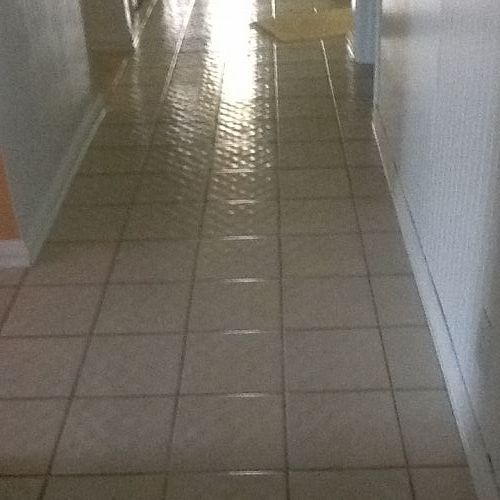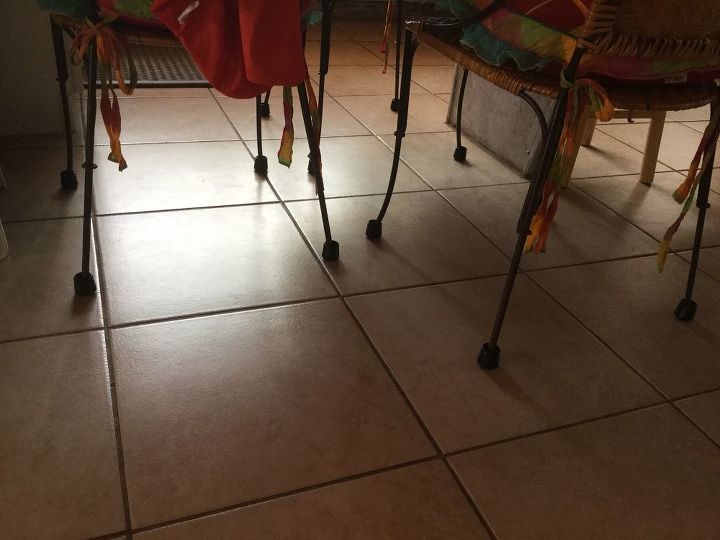DIY install of laminate flooring

Related Discussions
How to get rid of mice?
We seem to have some unwelcome Mickeys and Minnies in our house. What is the best way to get rid of them?
How to remove popcorn ceiling with asbestos?
I want to remove my popcorn ceiling, but it has asbestos in it. How do I go about this safely?
How to caulk baseboard gaps?
How do I fill gaps at baseboard, should I caulk? If so, does anyone know how to caulk baseboards?
How to fix squeaky hardwood floors?
How do I fix squeaky hardwood floors?
Can Pergo laminate flooring be installed over tile floors?
Want to create seamless floors in my home without the mess of breaking tiles off kitchen & bathroom floors. Can we just lay it on top? Thx
Installing LVP vs Laminate on concrete flooring?
The Carpet has been torn out and we're left with our concrete flooring in our 35 year old Arizona home we just purchased. The concrete flooring is level in most area... See more







what are some tips for first-timer installing laminate floor?
I just came across your link and was very much impressed to see this lovely laminate flooring.I deal with flooring company in California that provides fabulous flooring ideas that suits any budget.Great design and have a wonderful look.Thank you and your husband that how you both handle this very effectively.
I would take the tile up first.